Cuba: Obama, Baseball and the Rolling Stones
Editor's Note: This article is a collaboration by guest writers Byron and Rebecca Augustin who took an historic visit to Cuba last month and have been kind enough to share their memories, observations and photographs of the occasion. It is an interesting time to be alive in and around Cuba, and it seems that here in Yucatan, we have a front-row seat to the changes and growth that will come to Cuba in the near future. Cuba and Yucatan have always shared a waterway (the Yucatan Channel), a slew of citizens and many events and consequences of history. We hope you enjoy this look into the present day excitement going on in Cuba.
How Could We Resist?
A few months ago we read that Mick Jagger and the Rolling Stones were planning to perform a concert in Havana, Cuba, as part of their extensive tour of Latin America. Since Mick Jagger is 72 years old, and Keith Richards, Ronnie Wood, and Charlie Watts are still playing with the group, we decided it was time to head for Cuba for a fourth visit. The announcement that President Obama would arrive the same day we touched down only added to the excitement. Additionally, Major League Baseball announced that the Tampa Bay Rays would play an exhibition game with an elite team of Cuban baseball players in the iconic Estadio de Latin America during our time in Havana. In betting parlance, we felt like we hit the trifecta!
But Can We Get There?
On Sunday, March 20, 2016, we checked in at the Interjet counter in Cancun’s International Airport. The agent requested we arrive at Gate B-11 early for boarding. It was imperative to get their plane to a gate in Havana before President Obama arrived, as the airport would be closed to commercial traffic for security reasons. We were on board our flight in a timely manner and departed for Havana ten minutes early. As we were making our descent into Havana, our captain announced that Air Force One would be arriving early and the Cuban government had shut down the airport twenty minutes earlier than planned. The captain was instructed to return to Cancun and wait for notification that the airport had reopened. Bummer!
As we approached Cancun, the captain informed us that bad weather had forced the closure of the Cancun International Airport. The air traffic controller rerouted our flight to Mérida. When the automated intercom system welcomed us to our destination and stated that Interjet hoped that we had experienced a pleasant flight, the passengers responded with a chorus of boos.
After the plane had been refueled, we waited for notification from Havana’s José Martí International Airport that the airport had reopened. The passenger next to us pulled out his cell phone and showed us an article stating that Interjet had recently announced it would inaugurate a non-stop flight from Mérida to Havana in April of 2016. What an ironic twist of events triggered by President Obama’s early arrival in Havana! We were now going to become part of aviation history as passengers on the first non-scheduled Interjet non-stop flight from Mérida to Havana. As we received clearance depart for Havana and took off in a light drizzle, we considered whether or not we should have t-shirts made for this maiden voyage!
Measured Upon Arrival
It was raining in Havana when we arrived, but we breezed through Immigration and headed for the baggage claim area. Along the way we passed through a gate staffed with a doctor and two nurses. None of the passengers were being asked to stop, which we thought was odd until we discovered what was going on. We had been unaware that Cuba is taking the Zika virus very seriously. The gate had an automated thermometer that recorded each passenger’s body temperature. If the thermometer registered a body temperature between 37 to 38 degrees Celsius (98.6 to 100.4 degrees Fahrenheit), the passenger could proceed uninterrupted. If the body temperature was more than 38 degrees Celsius (100.4 degrees Fahrenheit), the passenger was stopped and immediately taken to a hospital for a blood test. If the test proved positive for the Zika virus, the passenger was quarantined for three to four days, until medical personal made the decision that it was safe for them to be released. If the blood test did not prove positive for the Zika virus, the passenger was released. Medically, this seems like a wise decision, in that an ounce of prevention is better than a pound of cure.
We did not enjoy the diplomatic luxury that President Obama and his family did. We waited for more than an hour for our luggage as several flights arrived shortly after the airport reopened. Our bags must have been sitting on the tarmac during the wait. When we opened them, our clothing was soaked. But, we were not going to let wet clothes dampen our spirits during the historic week ahead!
History in Havana
Our friends in Havana operate a delightful Casa Particular, basically a Bed and Breakfast in the city’s Vedado district. Tree-lined streets with lovely old houses and mansions in various stages of decay were once the homes of Havana’s economically advantaged residents. We have observed a rapid change in the character of the neighborhood over the past four years, as many of these buildings are being renovated. We settled in, hoping for a good night’s rest.
It was difficult for us to go to sleep. We were excited by all the changes we had seen already that had taken place in Cuba and how wonderful it was to be part of such an historic period. History was being made all around us! President Barack Obama was the first sitting president to visit Cuba since Calvin Coolidge made the trip in January of 1928. Cuba was the only country that President Coolidge visited during his presidency. It was not an easy trip. He traveled by train in a presidential rail car that did not have air-conditioning for 32 hours from Washington, D.C. to Key West, Florida. In Key West, he boarded the U.S.S. Battleship Texas, for an overnight trip to Havana. The Cuban public adored him and turned out in large numbers to view his motorcade as it passed through Havana.
President Obama’s trip was considerably easier. He and his family boarded Air Force One at Andrews Air Force Base for the relatively short flight to Havana. First Lady Michelle Obama and daughters, Malia and Sasha, accompanied the president. When they arrived at José Martí International Airport, the presidential limousine, nicknamed “The Beast” was waiting on the tarmac. The Secret Service used a C-17 Globemaster airplane to bring “The Beast” to Cuba, as well as a second limousine, a heavily armored Chevrolet Suburban communications vehicle, and additional secure vehicles for Secret Service agents and U.S. diplomats.
The Secret Service did not release the routes that the presidential motorcade would take. Cubans did not have access to the President’s itinerary, but we did. With the assistance of our Cuban host, we were able to determine where and when the motorcade would pass. If a street had Cuban motorcycle police and regular foot police stationed at every intersection along a street, it was a strong indication the motorcade would show up fairly soon. In addition, if all service stations along those streets were closed with bright orange pylons across their entrances and exits, something was up. Using this strategy we were able to stand within a few feet of the passing motorcade on two occasions. We had to be on our toes and have our cameras ready, because the vehicles passed by very quickly.
Obama in Havana
The President’s first stop was the elegant Melia Habana Hotel in the upscale Miramar neighborhood. At the hotel the President met with U.S. Embassy staff. He expressed his gratitude for all of the hard work the staff had completed since full diplomatic relations with Cuba were re-established on Monday, July 20,2015.
On Sunday evening, the Obama’s took a brief walking tour of Old Havana, a United Nations World Heritage Site that is the number one tourist site in the city. It was first developed in 1559 and includes, among other favorites, the Castillo de la Real Fuerza, Plaza de Armas, Plaza Viejo, and the Palacio de los Capitanes. A special visit was made to Our Lady of Immaculate Conception Cathedral where they had a brief meeting with Cardinal Jamie Ortega, who played an important role in secret negotiations between the U.S. and Cuba.
José Martí Monument
Early Monday morning, President Obama’s motorcade departed from the luxurious mansion that serves as the residence of the U.S. Ambassador to Cuba. At this point in time, Ambassador Jeffery DeLaurentis, a career member of the Senior Foreign Service, is the Chargé ď Affairs at the U.S. Embassy in Havana. Moving quickly to the Plaza of the Revolution, the entourage stopped in front of the José Martí Monument. This five-pointed star-shaped tower is the dominating feature on the Havana skyline. It reaches a height of 109 meters (358 feet) and was completed when the dictator Fugliencio Bautista was still in power. Inside the base of the monument there is a museum relating Martí's life story and the history of the Plaza of the Revolution. The famous patriotic song, “Guantanamera” was adapted from a part of his poetry collection, Versos Sencillos (Simple Verses) and was popular in 1963 as recorded by folk singer Pete Seeger. Outside, an impressive statue of José Martí, while appearing to be in deep thought, faces the plaza, looking toward the iron sculpture of Che Guevara on the Ministry of the Interior building. Standing an impressive 18 meters (59 feet) high and carved in white marble on site by Juan José Sicre, it serves as an important location overlooking rallies on the Plaza of the Revolution.
José Martí is Cuba’s most significant and revered national hero. Busts, statues, and posters of Martí are found across the nation. He was a brilliant poet and journalist who dedicated most of his life to ending Spanish colonial rule in Cuba, and lived much of his life in exile. He was referred to frequently as the “Apostle of the Cuban Revolution.” On May 19, 1895, he was shot and killed by Spanish soldiers, after returning to Cuba less that a year earlier. He was 42 years old. (There is a museum dedicated to Martí in Merida at Parque de las Americas.)
President Obama endeared himself to the Cuban people when he solemnly placed a wreath at the Martí monument while millions of people watched on television. Beyond that gesture, he will always be remembered for the genuine and warm note he wrote in the memorial’s guest book.
“It is an honor to pay tribute to José Martí, who gave his life for the independence of his homeland. His passion for liberty, freedom and self- determination lives on in the Cuban people today.”
Barack Obama, 21 March 2016
One on One
President Raul Castro and President Barack Obama met later at the elegant Presidential Palace, a building inaugurated in 1920. President Garcia was its first presidential resident, and it remained the presidential residence until 1959 when President Fulgencio Batista was run out of Cuba by Fidel Castro and his small group of rebels. Later it was converted to a museum and its name was changed to the Museum of the Revolution. It now houses a significant collection of revolutionary memorabilia much of which was gathered by Celia Sanchez, who had a special relationship with Fidel and fought next to him in the mountains of southeastern Cuba.
Presidents Castro and Obama held intense discussions in a private room in the palace and then met with members of the international press for a formal press conference. In the press conference, Castro focused on Cuba’s demands for the United States to end the economic blockade against Cuba. In fact, most vehicles exiting the José Martí International Airport pass a large billboard with giant letters reading BLOQUE and a hangman’s noose choking the island of Cuba. At the bottom of the billboard a statement reads, “El Genocidio Más Larga De La Historia.” In English this translates to, “The Longest Genocide in History.” Castro also demanded that the United States return Guantanamo Bay to Cuba. Obama has long desired to return Guantanamo Bay but has been blocked by Congress. He also stated that he would continue to work to lift the embargo because it has failed to accomplish its goals. Obama was very firm in his insistence that Cuba improve its human rights record.
We watched the full press conference on Cuban television, noting how much taller President Obama was when compared to President Castro. Obama was in his element, as his prodigious speaking skills were on full display. His delivery was smooth, he was relaxed, impeccably dressed, maintained good eye contact, and gave excellent responses to journalists’ questions. President Castro appeared to be a little more tense, showed irritation at some of the questions directed to him, but in general performed well. However, if it had been a debate, we felt Obama would have recorded the higher score.
The Grand Theater
The theater, which opened on April 15, 1838, was originally known as the Tacón Theater. It was considered the largest and most lavish theater in Latin America. It has had several owners and is now the property of the Cuban government. Spacious hallways and stairways constructed with the finest Carrara marble are stunning. The theater’s interior seating and stage are opulent. A recent renovation was completed in 2015 and the theater reopened its doors on January 1, 2016, in time for President Obama’s visit.
On Tuesday morning, March 22, 2016, President Obama delivered his address to the Cuban people. The president’s remarks were delivered with warmth and genuine sincerity. There were cautious rounds of applause, perhaps due to the presence of President Castro and other high-ranking Cuban officials. The entire text of those remarks can be accessed from the White House website, office of the Press Secretary. We found it to be an interesting and worthwhile read. Three remarks stood out to us.
“I have come here to bury the last remnant of the Cold War in the Americas. I have come here to extend the hand of friendship to the Cuban people.”
“I’ve always believed in what Martin Luther King, Jr. called, “the fierce urgency of now”—we should not fear change, we should embrace it.”
“My time here in Cuba renews my hope and my confidence in what the Cuban people will do. We can make this journey as friends, and as neighbors, and as family—together. Si se puede. Muchas gracias.”
Political affiliations aside, if you are objective, we think you will recognize that President Obama’s presentation, both in content and delivery, was excellent.
Cubans and Obama
We tried to gain a sense of how ordinary Cubans felt about President Obama and came away with a few observations. Obama's visit seemed to strengthen Cubans’ hope for the future. His trip appeared to give them permission to think about Cuba after the Castro years. They have a deep respect for Obama because he has never waivered in his goal to press for reconciliation between the United States and Cuba. They thought he was vibrant, charismatic, eloquent, and he seemed approachable. Their leader seemed older, perhaps a bit dated, and less likely to engage in personal contact with Cuba’s citizens. Interestingly, a majority of Cubans will be eternally grateful that Fidel and Raul Castro set them free from the brutal dictatorship of Fulgencio Batista.
Americans should recognize that change will come, but hopefully the change will be slow and steady. If the changes come too fast, the infrastructure could collapse. Out of respect for the fact that Cuba is a sovereign nation, we feel that the rest of the world must allow the Cubans to determine the pace of change in their country.
Play Ball
The last event on President Obama’s itinerary was attendance at a baseball game between the Tampa Bay Rays and an elite team of Cuban baseball players. The Rays won the opportunity to play in the game after Major League Baseball conducted a lottery to select the team. It was the second time that a major league team had played a game in Cuba. In March of 1999, the Baltimore Orioles played an exhibition series against the Cuban National Team in Havana and won 3-2. In May of 1999, the Cubans travelled to Camden Yards in Baltimore and spanked the Orioles 12-6.
Both games in Cuba were played in Estadio Latinoamericano (Latin American Stadium). The stadium opened in 1946 with a seating capacity of 31,000. In 1971 the stadium was expanded to a capacity of 55,000 spectators. Every seat was occupied for the Rays/Cuba game. The stadium had recently been spruced up with a thorough cleaning and a new paint job, and roads leading to the stadium had new asphalt surfaces. We had hoped to attend the game, but entrance was by invitation only. We did what hundreds of thousands of Cubans did and watched the game on TV.
President Obama and his family, along with President Castro and U.S. Secretary of State John Kerry, entered the stadium through a secure passage connected to the Cuban Baseball Hall of Fame where they waited for the start of the opening ceremonies. A ripple of excitement passed through the crowd as the entourage entered the seating area and settled into the Presidential Box directly behind home plate. Thunderous applause and cheers accompanied their entrance. Once again, sports were serving as a medium for unity. In fact, Cuban TV flashed a message that read:
TWO TEAMS—A GREAT RIVALRY FOR THE SAME REASON: PASSION
BASEBALL LIVES HERE
The Cubans certainly rolled out the red carpet for the opening ceremonies. Players for both teams stepped onto the field and were introduced as they held the hand or carried a young Cuban boy or girl. As they returned to the dugout, the camera zoomed in on one of the Rays players. The little girl he was carrying leaned in and planted a soft kiss on his cheek. It was an emotional gesture that made it hard to understand why our two countries have been estranged for so long. An outstanding choir performed both national anthems. At the conclusion of the opening ceremony, hundreds of doves were released and flew across the stadium. Peace was literally in the air.
It was a good baseball game with decent pitching and great defense, especially by the Cuban outfielders that robbed Rays batters of what appeared to be sure-fire hits. The first and third base umpires were Americans, while the rest of the crew were Cubans. The centerfielder for the Tampa Bay Rays, Kevin Kiermaier, slid into home with the first run of the day, while Obama signaled “safe.” Both presidents joined fans when doing “the wave.” Tampa Bay won the game 4 to 1.
As the game was nearing its conclusion in the 8th and 9th innings, both managers began to substitute freely so that more players could tell their grandchildren they had played in this historic game witnessed by the first sitting U.S. president to visit Cuba in 88 years. When the game ended there was an outpouring of good sportsmanship as opposing players shook hands, hugged each other, and exchanged jerseys. It was a “feel good” moment.
Ladies and Gentlemen, The Rolling Stones!
The icing on the cake was the opportunity to attend a free concert by The Rolling Stones on our final night in Havana. We would be joining more than 500,000 fans on the playing fields of Havana’s Ciudad Deportiva.
The concept for this concert was the brainchild of a wealthy corporate lawyer from Curaçao by the name of Gregory Elias. The estimated cost for the concert was seven million dollars, funded by Elias’s charitable trust, Fundashon Bon Intension. The Stones agreed to do the concert for free, but the suppliers had to be paid. When Mr. Elias was asked why he arranged to bring the band to Cuba, he responded,
“I wanted to do something nice for the Cuban people, who haven’t had an easy time of it for the past few decades.”
He claimed he had no political or financial agenda, and that he just felt that music does not create envy or animosity; it just creates love and understanding. Amen, Mr. Elias! We attended this concert you so generously funded and thoroughly enjoyed the atmosphere that permeated the concert grounds. Thank You!
The technology and infrastructure necessary for a successful concert these days is amazing. The afternoon before the concert, we had an opportunity to visit the venue and were allowed to observe almost every aspect of the set-up process. We were also able to interview one of the jefes (supervisors) working the site. He told us everything needed for the concert had to be brought in from outside Cuba. The existing infrastructure was nonexistent. Almost all of the materials arrived in 50 to 60 containers on ships that docked in Havana Harbor. The containers were loaded onto special trucks and delivered directly to the site. Assembly began on March 6th and was completed just hours before the 8:30 p.m. concert was set to begin, on March 25th . It took 250 to 350 workers almost three weeks to pull off what had to be one of the most historic concerts ever produced.
We initially questioned our sanity for making the decision to go to a concert of this magnitude. However, as we walked with our Cuban friends more than two miles to where we would watch the concert, the adrenalin began to pump through our veins and the reason was clear. This moment in time would never be duplicated, and we were a part of this magic moment. The concert lasted two hours and was one of the most exciting events we have ever attended.
The first song to blast through the speakers was “Jumpiń Jack Flash” and the crowd erupted as Mick began to strut back and forth across the massive stage. The dude can make some moves for a 72 year-old performer! We gained an all-new respect for his energy and effort to provide fans with an electrifying experience. He trains five to six days weekly, runs eight miles a day, kick boxes, takes ballet to maintain his posture and eats organic food. He drinks very little alcohol and abstains from drugs. Keith Richards and Ronnie Wood did some fine jamming on their guitars and Charlie Watts still provides excellent percussion. These gentlemen provided their musical talents free to more than one-half million fans. The set list included Angie, Miss You, Start Me Up, Honky Tonk Woman, Brown Sugar. The crowd loved You Can’t Always Get What You Want, not surprisingly and rather ironically, and knew all the words. The entire experience was way too much fun!
The crowd was still pumped when the group encored with (I Can’t Get NO) Satisfaction.
Sunshine Today
We will leave you with a quote we found from Mick Jagger that we felt was so appropriate for this moment in time in Havana, Cuba:
“I try not to think about when I can’t do this any more. I say, don’t look at the clouds of tomorrow through the sunshine of today.”
Rock On, Rolling Stones! Bravo, Obama! Gracias, Baseball! and Felicidades, Cuba!




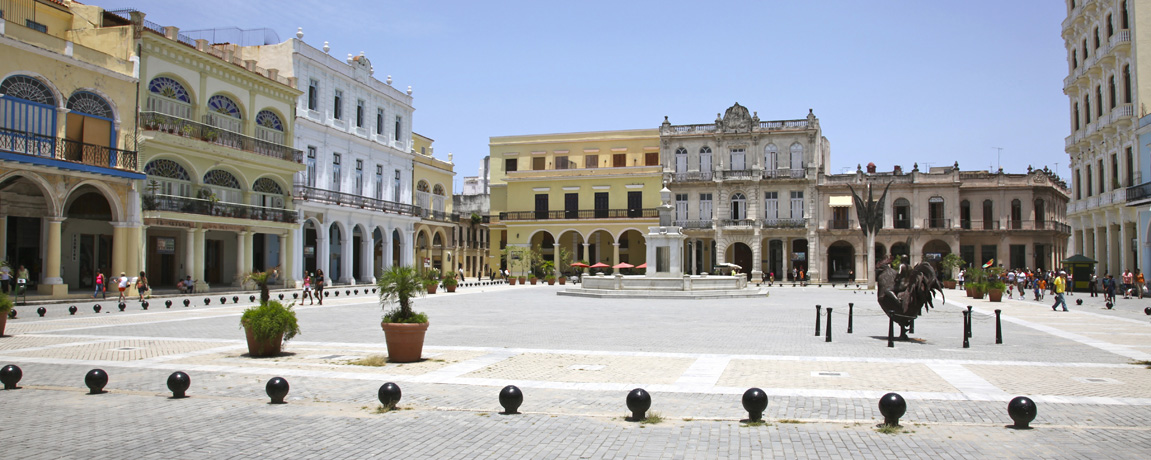
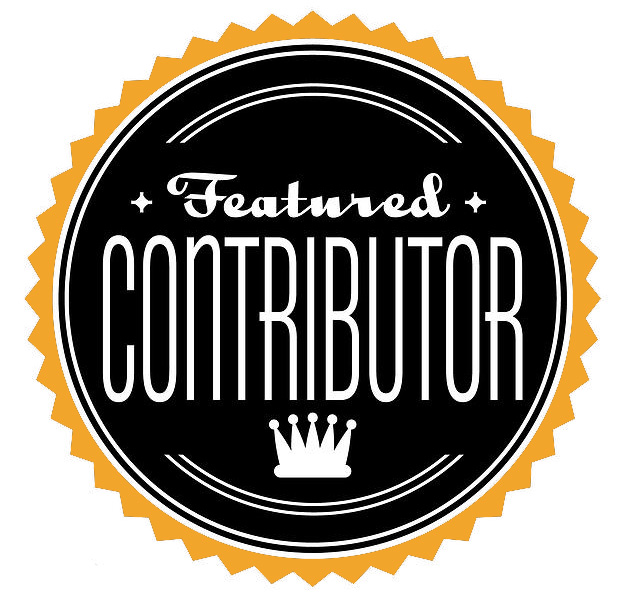
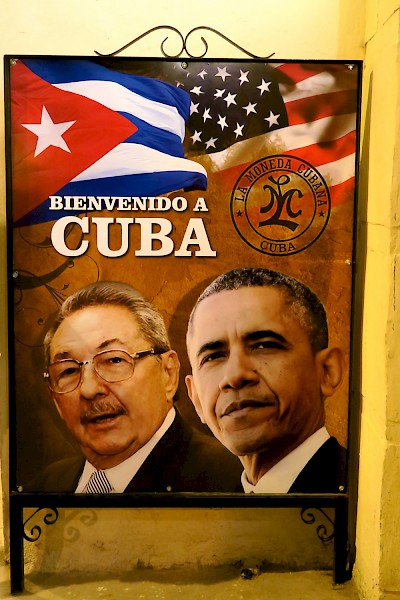
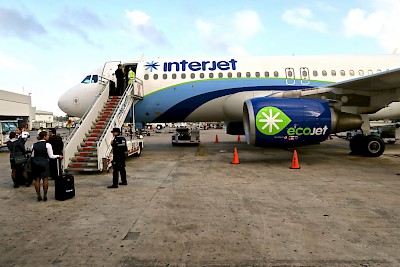
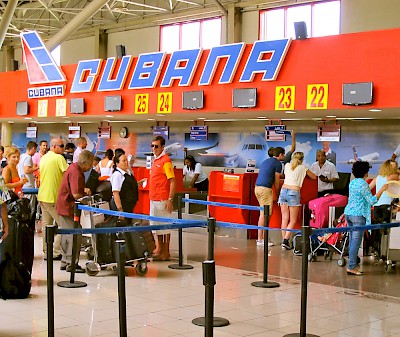
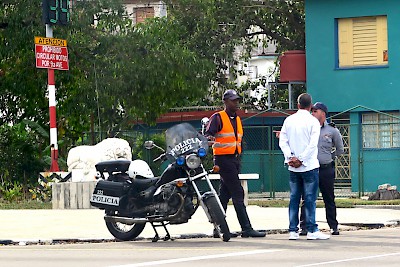
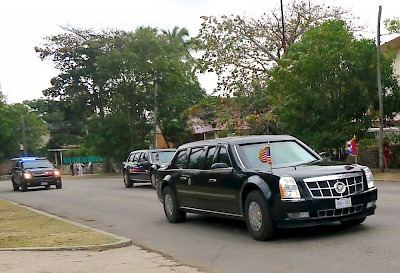
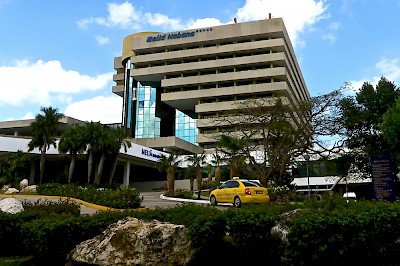

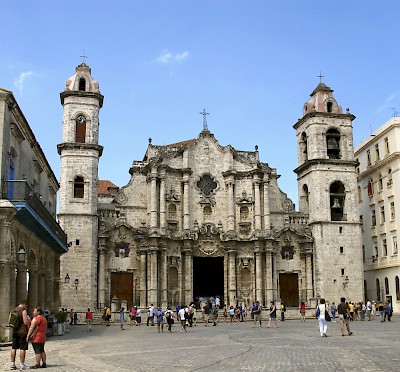
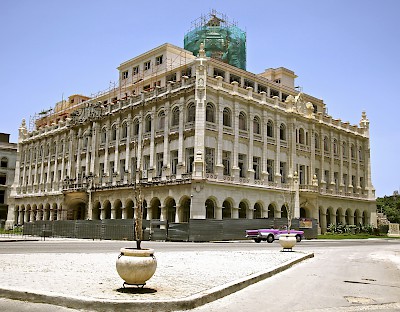
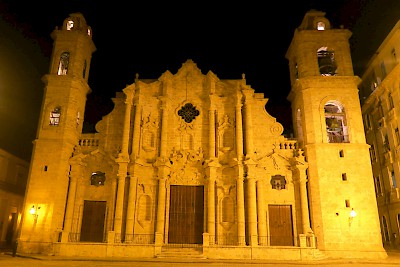
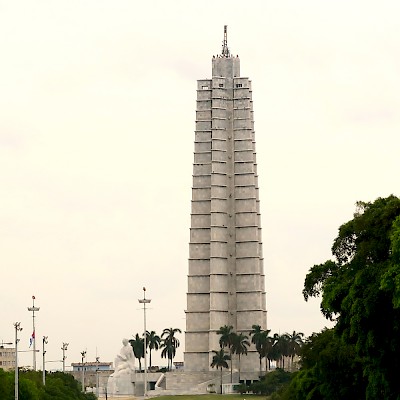
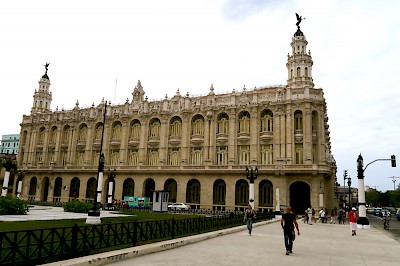
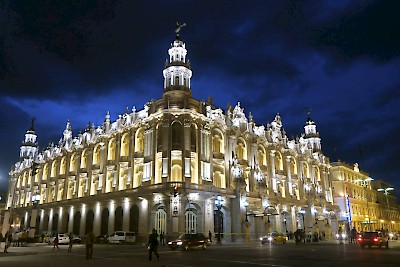
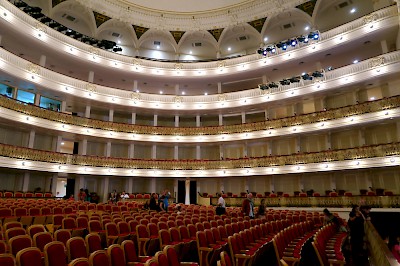

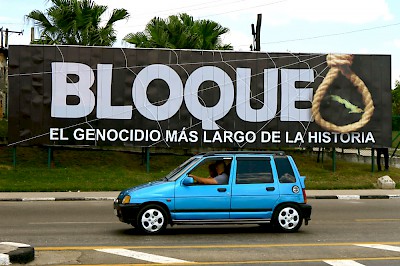
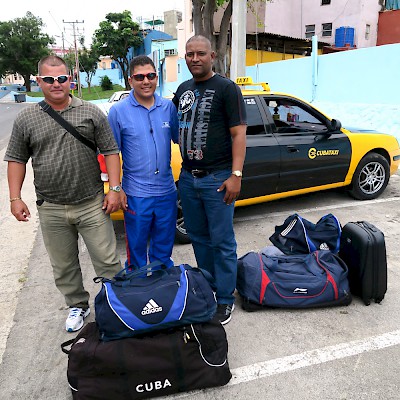
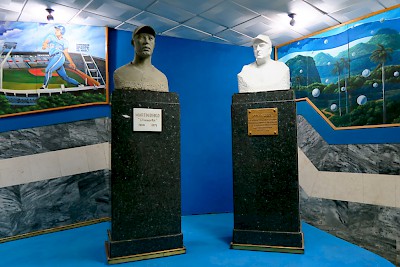
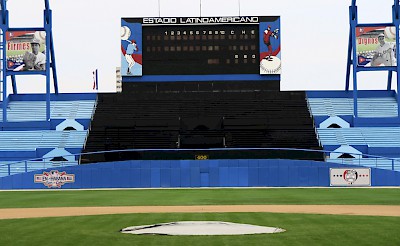
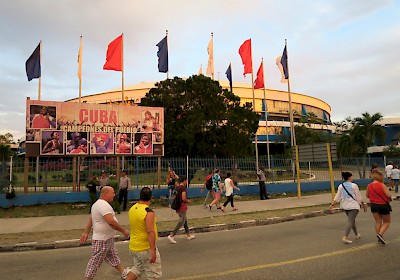
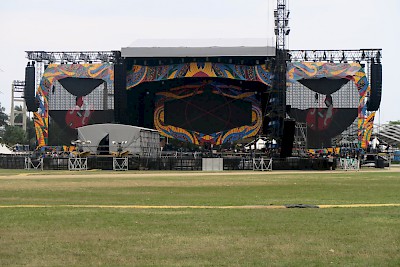
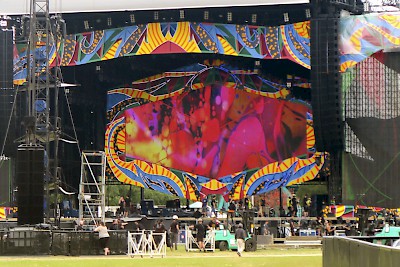
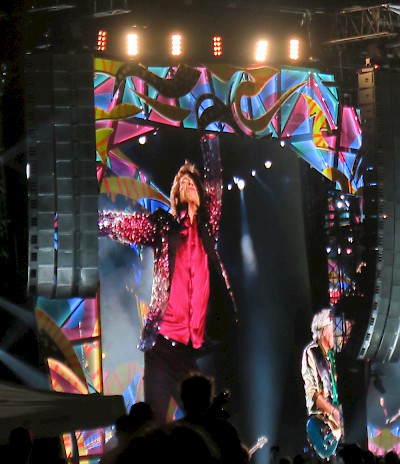
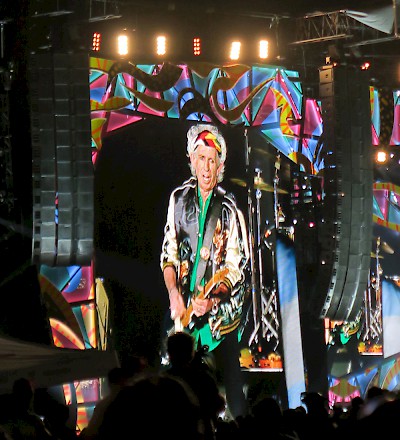
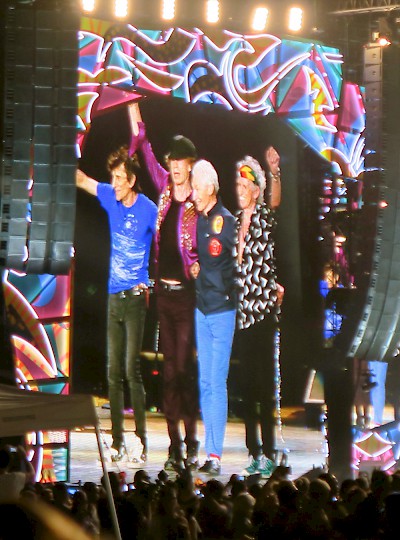

Comments
peter hobday 10 years ago
thanks for this - an excellent piece of journalism from reporters on the ground - and without the usual political slant!
Glad the boys from the UK offered their music for free. A historic event!
Reply
(0 to 1 comments)